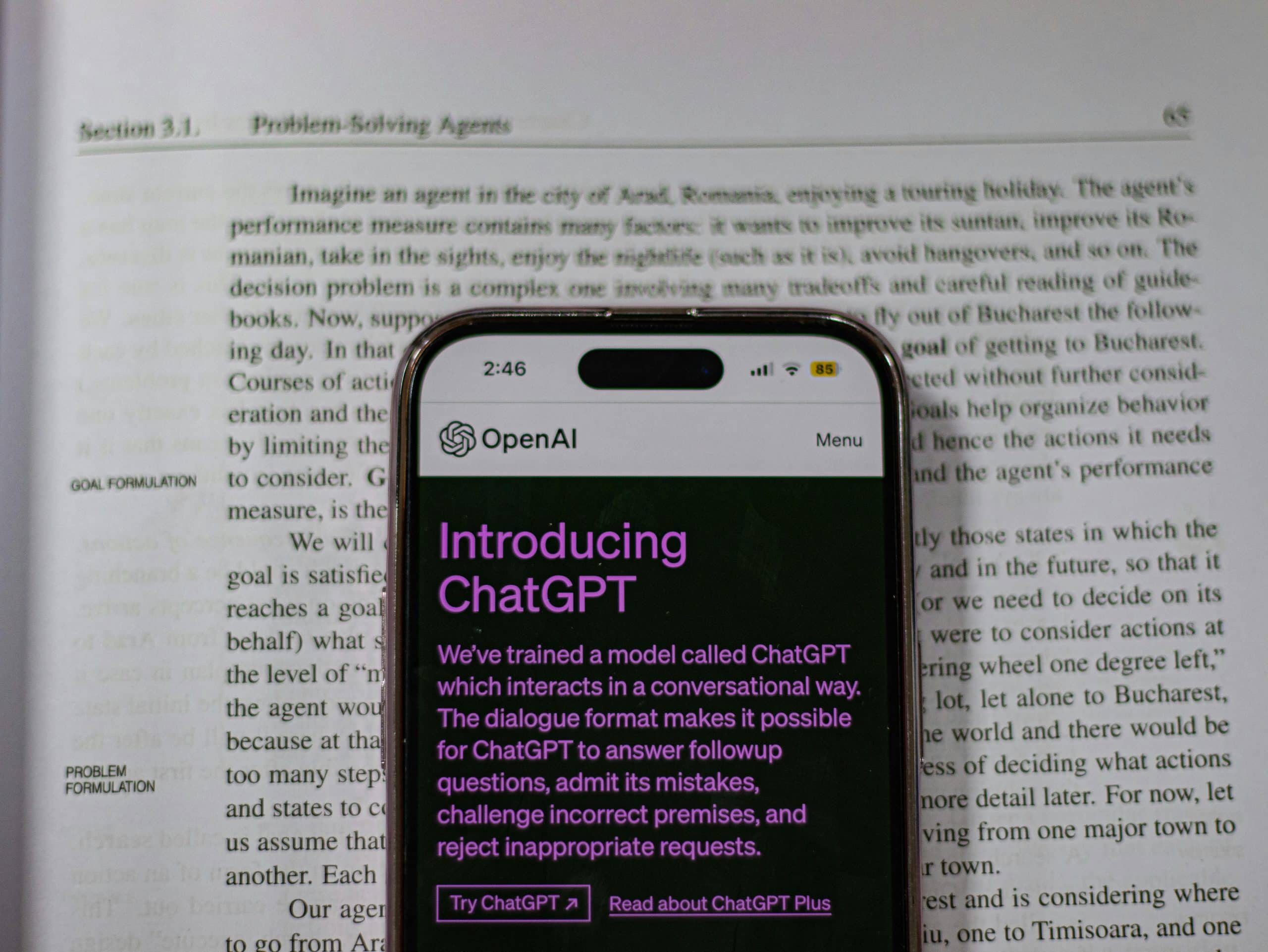What are the techniques for optimizing the performance of AI-powered chatbots?

In a world where customer interaction is increasingly turning digital, chatbots powered by Artificial Intelligence (AI) have become an indispensable tool for businesses. These AI-powered chatbots pave the way for seamless, conversational interactions with customers, providing quick and efficient customer support. However, like any other business tool, chatbots also need to be optimized for better performance. In this article, we will delve into techniques that can help in enhancing the performance of these AI-powered chatbots.
Harnessing the Power of Data
Chatbots are only as good as the data they are fed. Rich, contextual, and updated data is the fuel that powers AI-based chatbots. The trick lies in training chatbots with the right data and continually updating this data pool.
A lire aussi : What are the steps to create a secure and efficient AI-powered recommendation system?
Data helps in understanding the customer's needs, preferences, and behavior. By analyzing this data, businesses can provide a customized and improved user experience. AI-powered chatbots can use this data to predict customer queries and provide proactive solutions.
Moreover, businesses need to adopt an agile approach to handle the continuous influx of data. This involves analyzing and incorporating customer feedback, monitoring chatbot interactions, and continually refining the chatbot's learning process. By harnessing data effectively, businesses can create chatbots that provide real-time, relevant, and personalized customer support.
Avez-vous vu cela : Evernex e-shop: your one-stop solution for IT infrastructure needs
Leveraging Natural Language Processing
Natural Language Processing (NLP) is a critical tool that significantly enhances the performance of AI-powered chatbots. It is through NLP that chatbots understand, interpret, and respond to human language in a meaningful way.
An AI chatbot must understand the user's language, context, and intent to interact effectively. This is where NLP comes into play. It helps chatbots understand the intricacies of human language, including slang, idioms, and cultural nuances.
Businesses can employ NLP in chatbots to enable them to understand varying customer requests and provide appropriate responses. This leads to more conversational, human-like interactions, enhancing the customer's experience.
Improving User Experience through Content
Content is crucial in optimizing the performance of AI-powered chatbots. The content that chatbots provide needs to be clear, concise, and engaging.
When designing a chatbot, businesses should consider the tone of the chatbot's responses. The tone should resonate with the brand's voice and the target audience. This ensures that the customers feel more connected and engaged with the brand.
Also, user experience can be improved by programming chatbots to provide suggestions or options during interactions. This not only speeds up the response time but also helps the customer navigate through the conversation smoothly.
Boosting Efficiency with Human Support
AI chatbots are efficient in handling multiple customer interactions at once, but they can't entirely replace human support. There will always be complex customer queries that a chatbot might not be able to handle.
In such scenarios, businesses should ensure a seamless transition from chatbot to human support. This means that when a chatbot is unable to resolve a query, it should be able to hand over the conversation to a human agent without any hassle.
Furthermore, businesses should invest in training their human support teams to handle chatbot handoffs effectively. This way, customers won't experience a disruption in service when their interaction transitions from chatbot to human.
Ensuring Continuous Improvement
Optimizing the performance of AI-powered chatbots is not a one-time task. It requires continuous monitoring, testing, and improvement.
Businesses should regularly evaluate the performance of their chatbots. They can do this by tracking various metrics like customer satisfaction, resolution rate, and engagement level.
Moreover, businesses should also invest in refining their chatbot's learning process. This could involve training the chatbot with new data, refining its NLP capabilities, enhancing its content, or improving its handoff process.
By ensuring continuous improvement, businesses can make their AI-powered chatbots more efficient, effective, and customer-friendly.
Integrating Machine Learning for Optimal Output
Artificial intelligence and machine learning go hand in hand. Machine learning is a subset of AI that allows chatbots to learn and improve from experience without being explicitly programmed. By integrating machine learning into AI-powered chatbots, businesses can significantly enhance the chatbot's ability to adapt to changing customer needs and preferences.
The global market has become increasingly competitive and dynamic. Hence, businesses must invest in machine learning to keep up with the varying customer needs. Machine learning models can help predict customer behavior based on historical data, enabling chatbots to provide proactive solutions.
In addition, businesses can leverage machine learning to categorize and prioritize client queries. This enables the chatbot to handle high-priority issues first, thereby improving customer satisfaction and engagement. Machine learning can also help identify patterns and trends in customer interactions, thus providing valuable insights for business growth.
Moreover, machine learning can enhance the chatbot's Natural Language Processing (NLP) capabilities. It can help the chatbot understand and learn from real-time conversations, idiomatic expressions, and cultural nuances. This not only improves the user experience but also fosters a more personalized and human-like interaction.
Utilizing Best Practices for Chatbot Development and Maintenance
The process of building and maintaining an AI-powered chatbot can be complex and arduous. However, by following certain best practices, businesses can ensure the successful implementation and optimization of chatbots.
Firstly, the chatbot should be designed with the user in mind. It should be easy to use and intuitive, enhancing the user's digital experience. The chatbot should also be easily accessible across various platforms, including websites, social media, and digital marketing tools.
In terms of content, the chatbot should be programmed to provide clear, concise, and engaging responses that resonate with the brand's voice and the target audience. This can significantly improve customer engagement and brand loyalty.
Additionally, businesses should maintain a comprehensive knowledge base for the chatbot. This knowledge base should be regularly updated with new information to help the chatbot provide accurate and timely responses.
Lastly, businesses should not solely rely on AI-powered chatbots for customer support. There should be a robust system in place for switching from chatbot to human assistance whenever necessary. This ensures that the customers receive the best possible support, enhancing their overall experience.
To sum up, optimizing the performance of AI-powered chatbots involves a multidimensional approach, encompassing effective harnessing of data, leveraging natural language processing, improving user experience through content, boosting efficiency with human support, integrating machine learning, and following best practices for chatbot development and maintenance.
However, it's important to remember that improving the performance of AI chatbots is an ongoing process that requires regular monitoring, testing, and refining. Businesses must remain agile and continuously adapt to the ever-evolving customer needs and market dynamics.
With the right strategies and tools, businesses can build AI-powered chatbots that enhance customer service, improve customer engagement, and drive business growth. In a world that is increasingly turning digital, businesses that embrace AI chatbots are poised for success.
